Colliding worlds: 'Frank Stella and the Synagogues of Historic Poland'
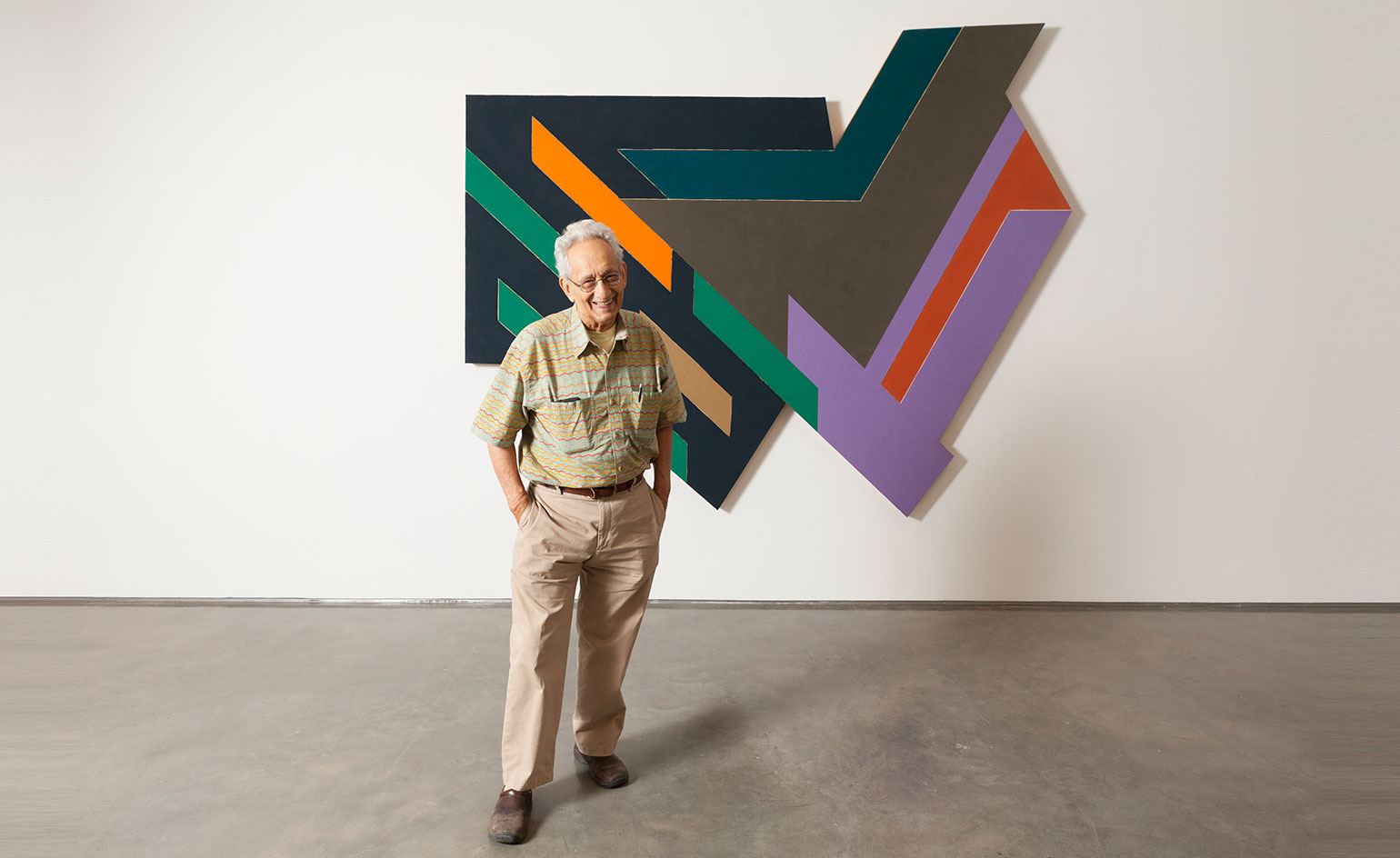
The Polin Museum in Warsaw has seen a fascinating collison of worlds – of Polish wooden synagogues and modern American art. The institution has opened an exhibition of works by contemporary American artist Frank Stella – on view until 20 June – called, appropriately, 'Frank Stella and the Synagogues of Historic Poland'.
Stella, an iconic figure in the 20th century art world (who worked as a house painter before being discovered), received the National Medal of Arts from US president Barack Obama in 2009, and has been collected by everyone from the Whitney to MoMA. But this specific exhibition takes the insightful tack of exploring how Jewish sacral architecture (that destroyed by Nazis) inspired the painter.
In the exhibition, Stella’s Polish Village Series is juxtaposed with its sources of inspiration. In the early 1970s, the artist was captivated and then motivated by a book by Polish architects Maria and Kazimierz Piechotka, entitled Wooden Synagogues, to create a series of large-scale irregular wall constructions, collaged and painted, along with innovative prints, scaled wooden models and precise drawings on the subject. Each of these works was named after a Polish town in which a wooden synagogue had once stood before being destroyed.
Furthermore the exhibition will include some original works by the artist, drawn from international collections. This includes historical architectural drawings and documentary photographs of synagogues taken before the Second World War. Dariusz Stola, the Polin's director, said that the museum is the perfect venue for the works as 'one of its key exhibits is a spectacular, full-scale recreation of a 17th-century painted synagogue' – the very same that inspired Stella's creations.
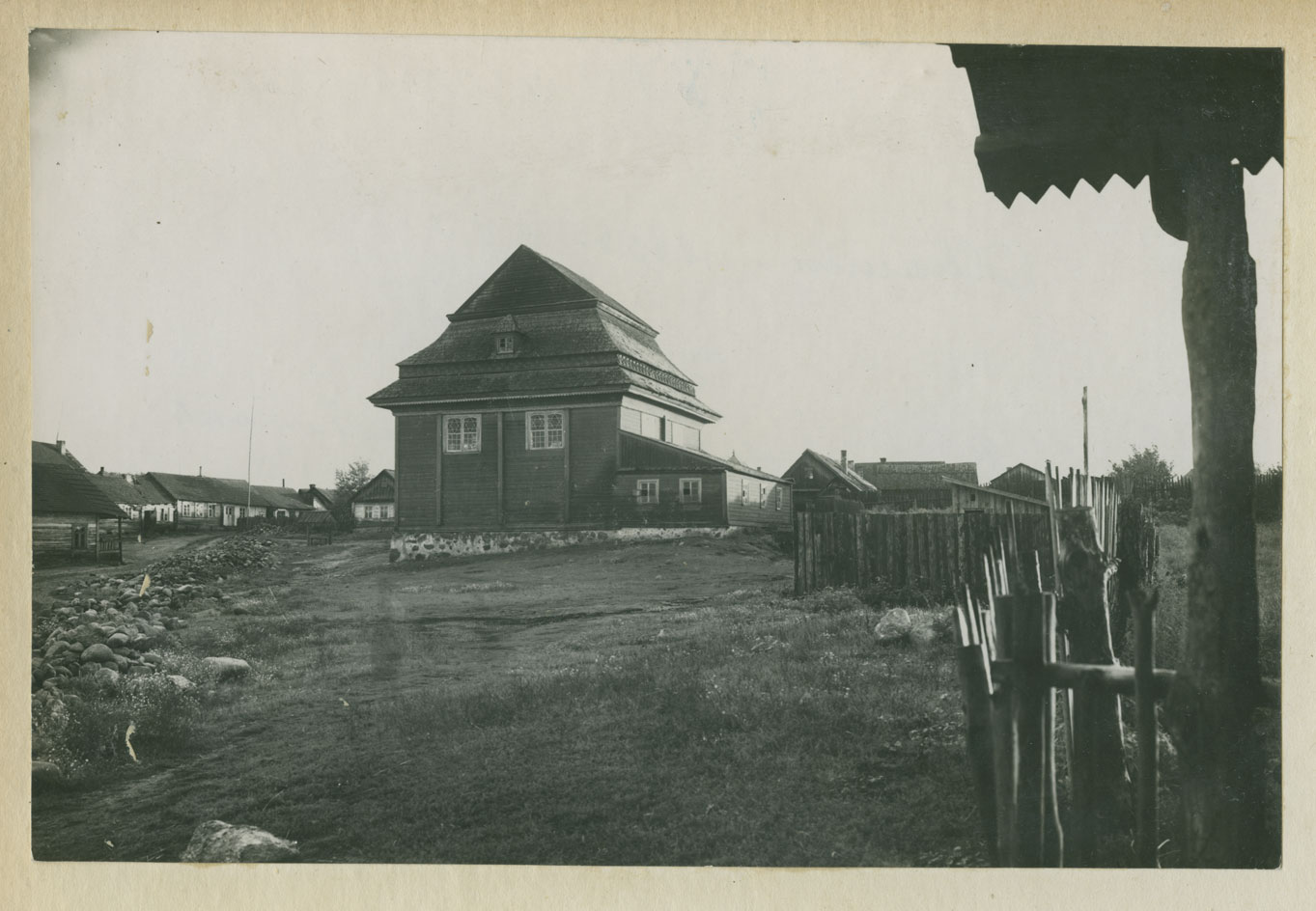
The exhibition explores the how Jewish sacral architecture (destroyed by Nazis) inspired the painter. Pictured: Olkieniki synagogue, view from the northeast. (presumably Sz. Zajczyk), before 1939
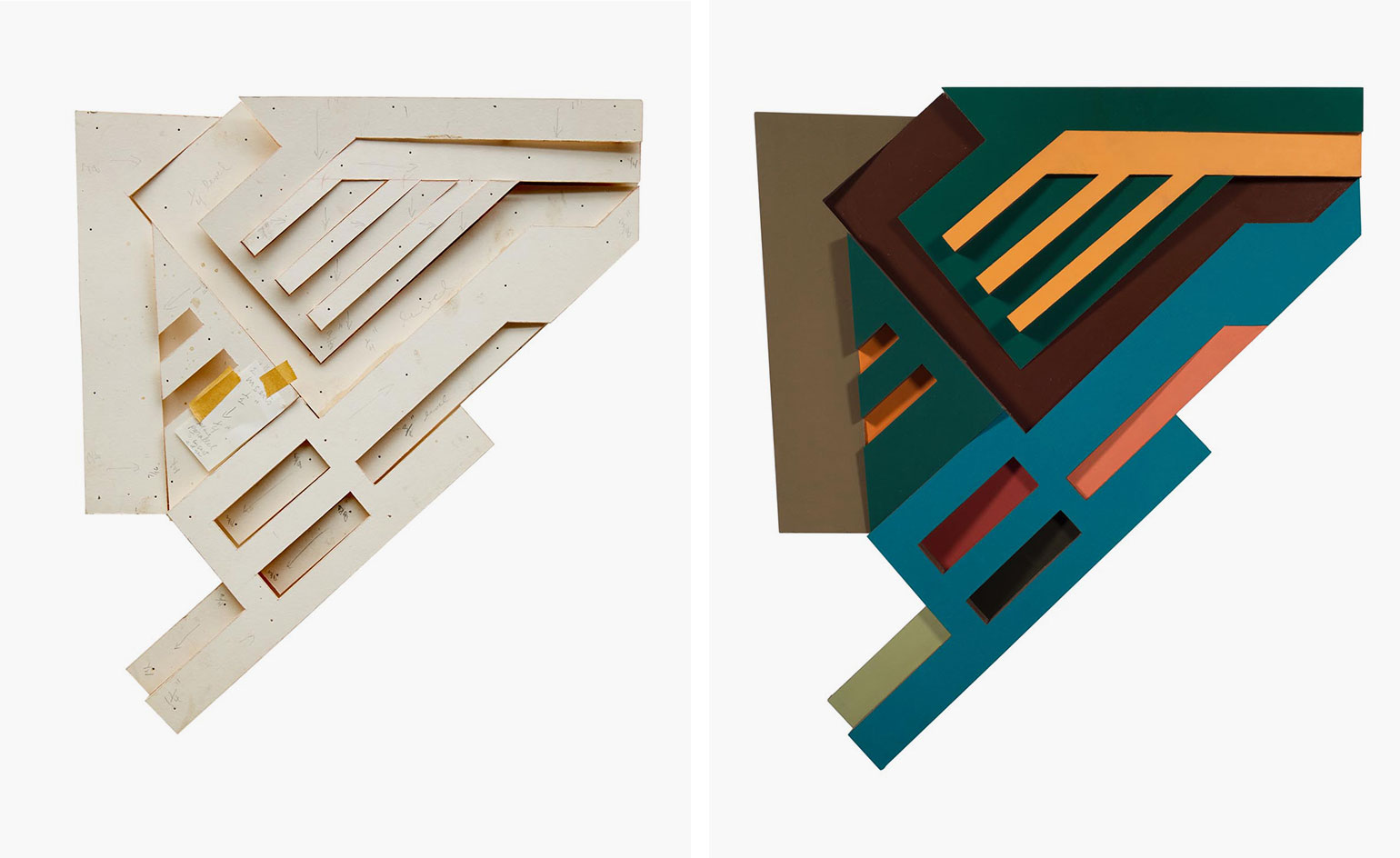
Stella’s Polish Village Series is juxtaposed with its sources of inspiration. Pictured left: maquette for Olkienniki, by Frank Stella, 1971–74. Courtesy the artist / Artists Rights Society, New York. Right: Olkienniki III, 1972.
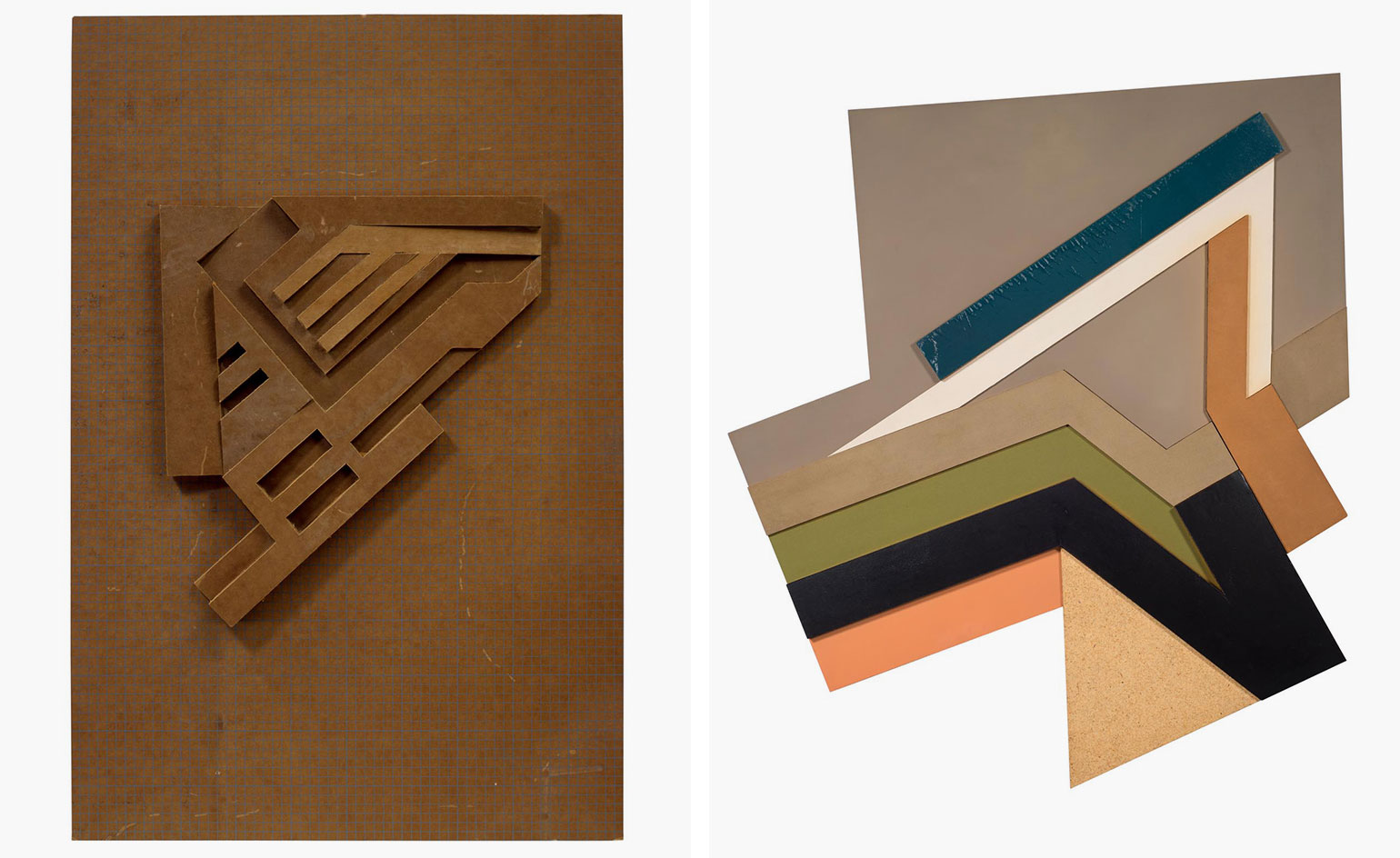
Each of the works was named after a Polish town in which a wooden synagogue had once stood. Pictured left: maquette for Olkienniki, by Frank Stella, 1971–1974. Courtesy the artist / Artists Rights Society, New York. Right: Łunna Wola II, 1973. Courtesy Charles Riva Collection, Brussels and the artist / Artists Rights Society, New York
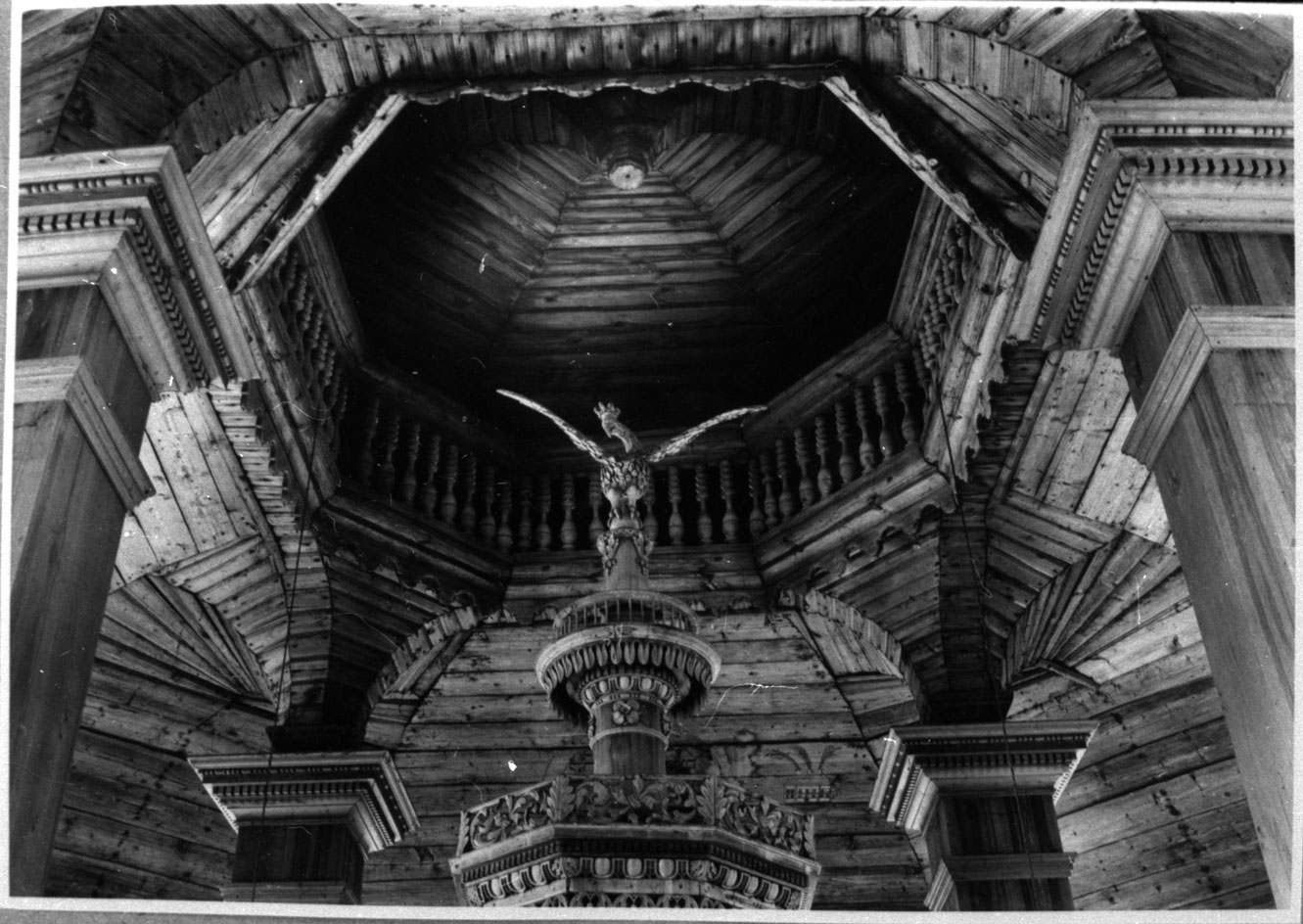
The display also includes historical architectural drawings and documentary photographs of synagogues taken before the Second World War. Pictured: Olkienniki synagogue, coping of the bimah and interior of the cupola. 1936
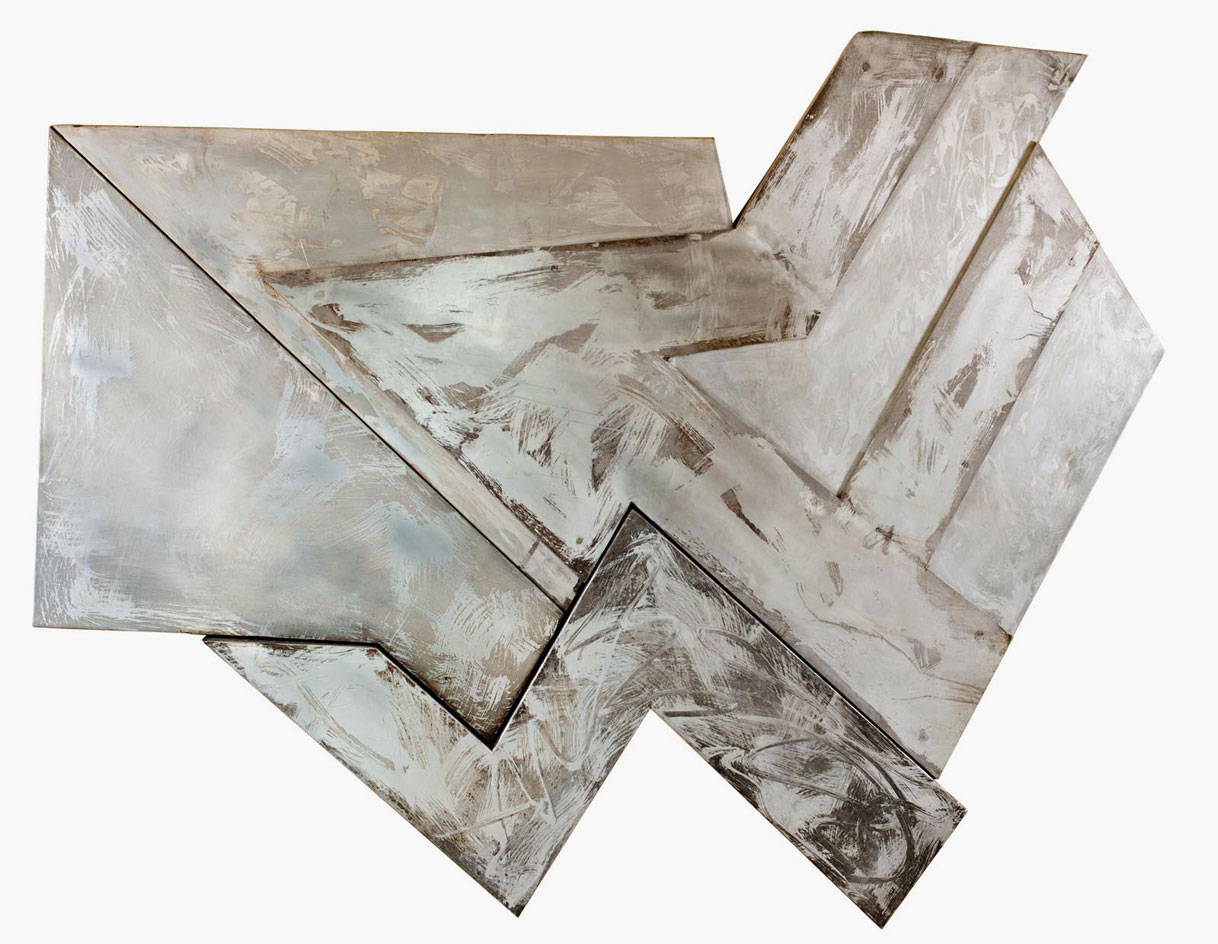
Bogoria V, 1974–82. Courtesy Tufts University Permanent Collection and the artist / Artists Rights Society (ARS), New York
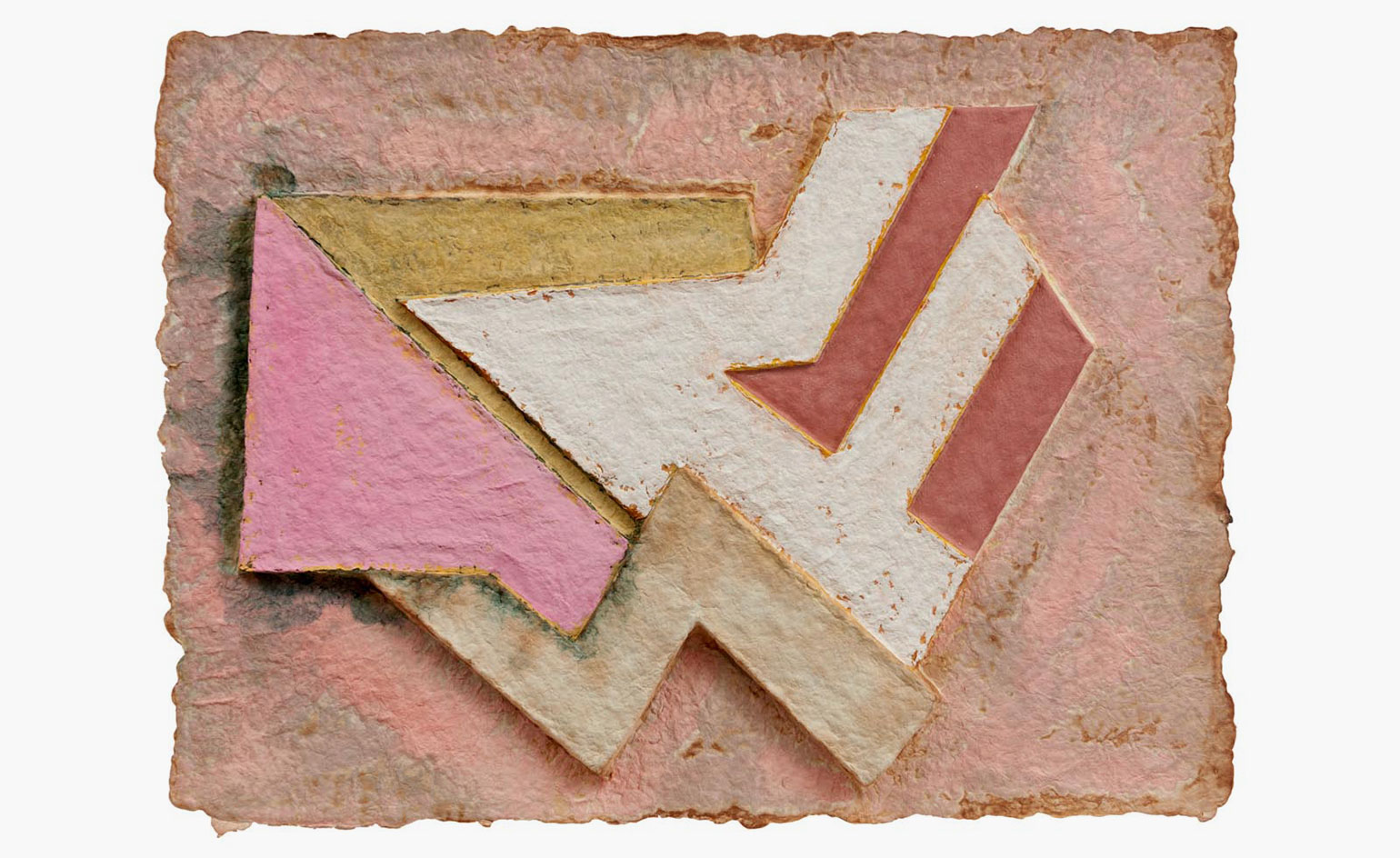
Bogoria VI, 1975. Courtesy the artist / Artists Rights Society (ARS), New York
INFORMATION
’Frank Stella and the Synagogues of Historic Poland’ is on view until 20 June. For more information, visit the Polin Museum’s website
ADDRESS
Polin Museum
Mordechaja Anielewicza 6
00-157 Warsaw
Wallpaper* Newsletter
Receive our daily digest of inspiration, escapism and design stories from around the world direct to your inbox.
Daniel Scheffler is a storyteller for The New York Times and others. He has a travel podcast with iHeart Media called Everywhere and a Substack newsletter, Withoutmaps, where he shares all his wild ways. He lives in New York with his husband and their pup.
-
 A Xingfa cement factory’s reimagining breathes new life into an abandoned industrial site
A Xingfa cement factory’s reimagining breathes new life into an abandoned industrial siteWe tour the Xingfa cement factory in China, where a redesign by landscape specialist SWA Group completely transforms an old industrial site into a lush park
By Daven Wu
-
 Put these emerging artists on your radar
Put these emerging artists on your radarThis crop of six new talents is poised to shake up the art world. Get to know them now
By Tianna Williams
-
 Dining at Pyrá feels like a Mediterranean kiss on both cheeks
Dining at Pyrá feels like a Mediterranean kiss on both cheeksDesigned by House of Dré, this Lonsdale Road addition dishes up an enticing fusion of Greek and Spanish cooking
By Sofia de la Cruz
-
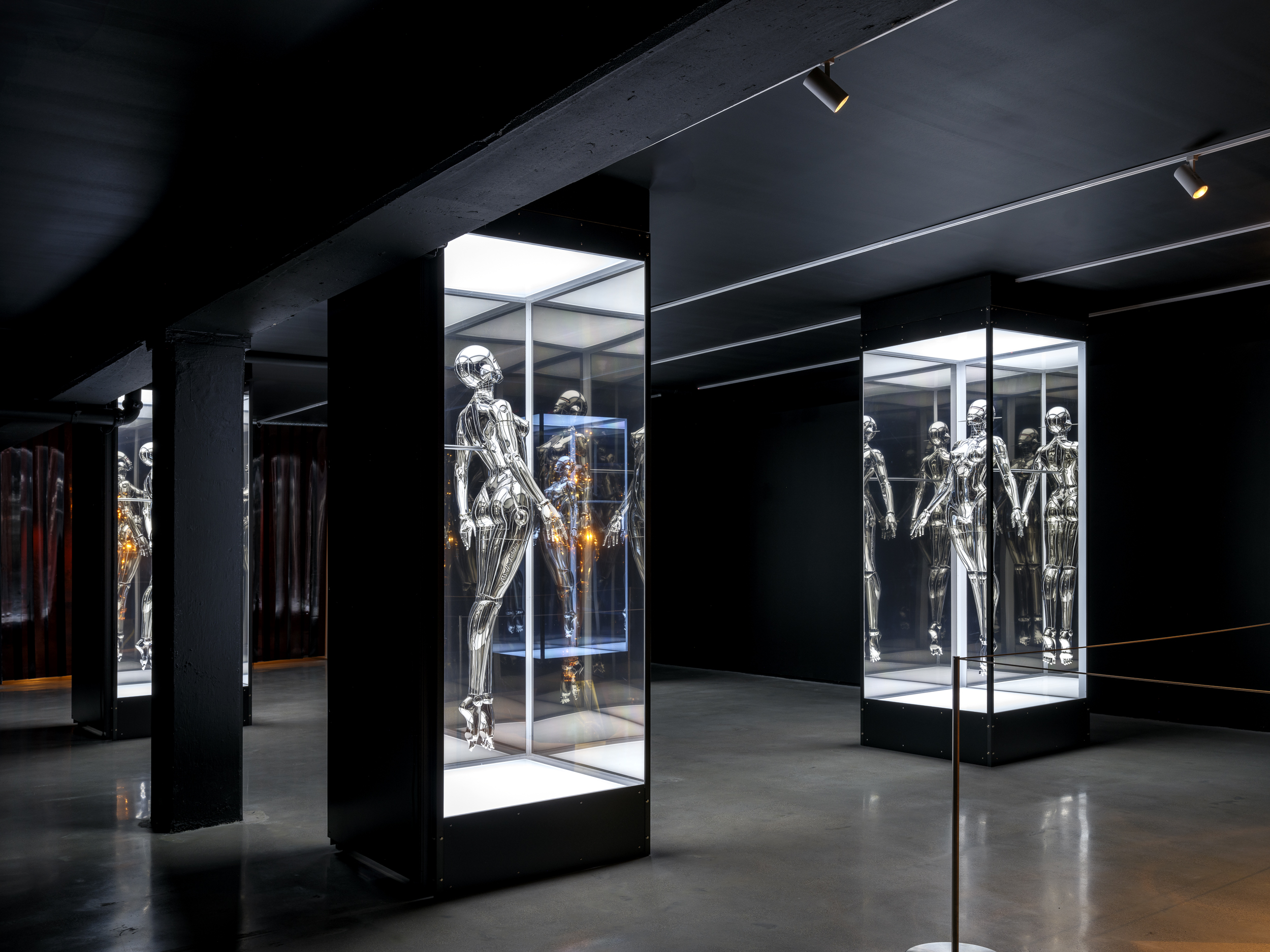 Miami’s new Museum of Sex is a beacon of open discourse
Miami’s new Museum of Sex is a beacon of open discourseThe Miami outpost of the cult New York destination opened last year, and continues its legacy of presenting and celebrating human sexuality
By Anna Solomon
-
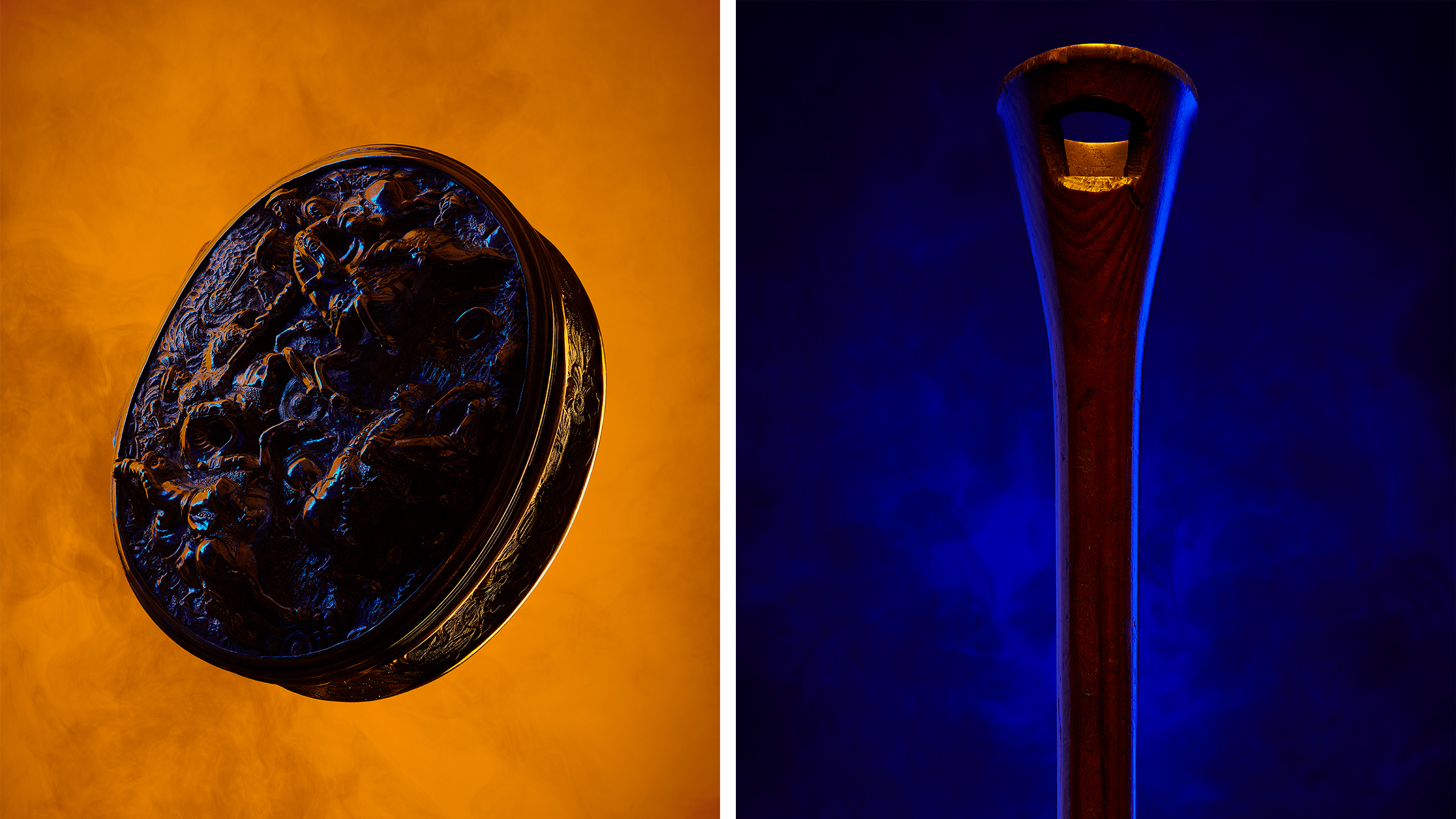 Royal College of Physicians Museum presents its archives in a glowing new light
Royal College of Physicians Museum presents its archives in a glowing new lightLondon photography exhibition ‘Unfamiliar’, at the Royal College of Physicians Museum (23 January – 28 July 2023), presents clinical tools as you’ve never seen them before
By Martha Elliott
-
 Museum of Sex to open Miami outpost in spring 2023
Museum of Sex to open Miami outpost in spring 2023The Museum of Sex will expand with a new Miami outpost in spring 2023, housed in a former warehouse reimagined by Snøhetta and inaugurated with an exhibition by Hajime Sorayama
By Harriet Lloyd-Smith
-
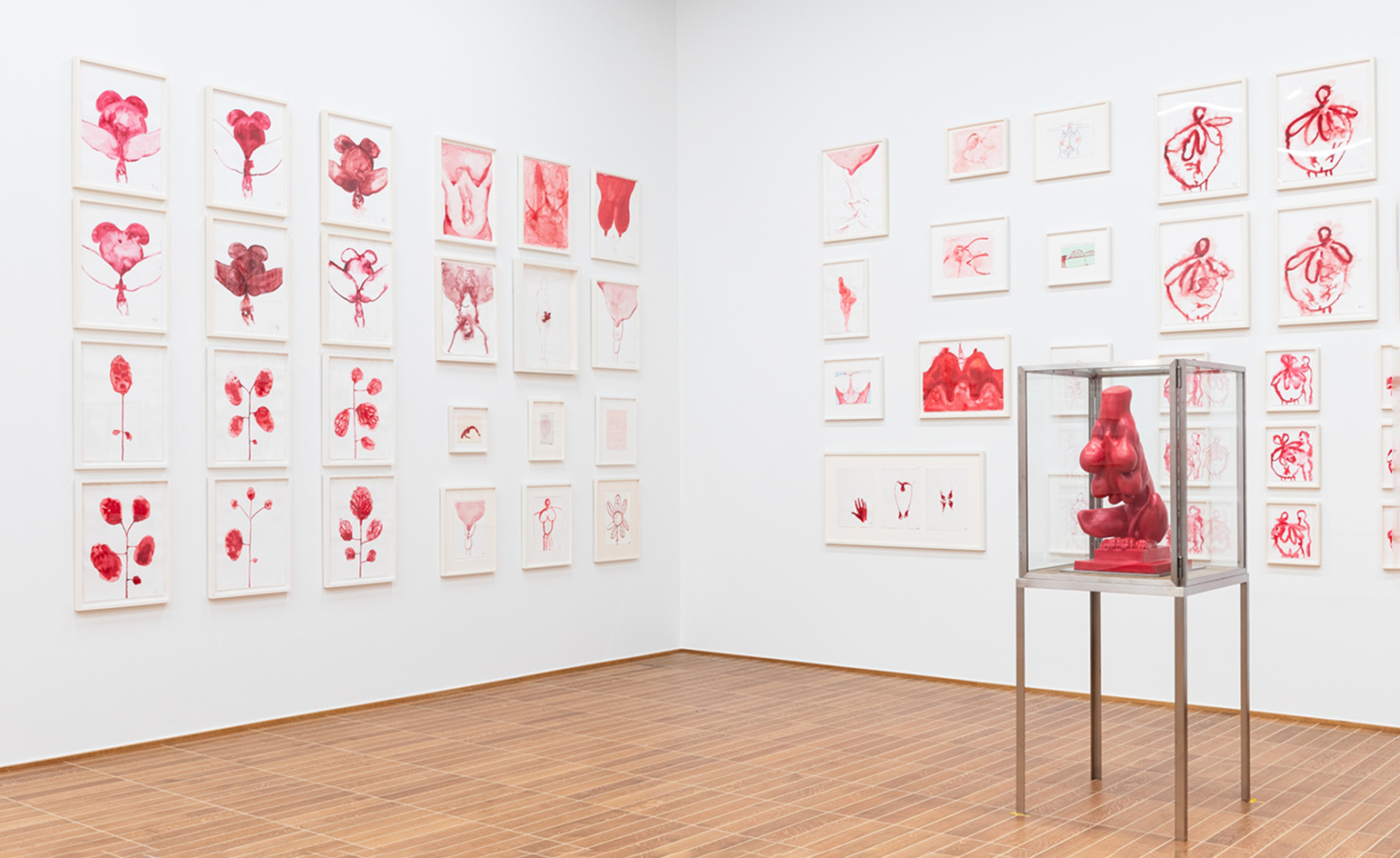 Jenny Holzer curates Louise Bourgeois: ‘She was infinite’
Jenny Holzer curates Louise Bourgeois: ‘She was infinite’The inimitable work of Louise Bourgeois is seen through the eyes of Jenny Holzer in this potent meeting of minds at Kunstmuseum Basel
By Amah-Rose Abrams
-
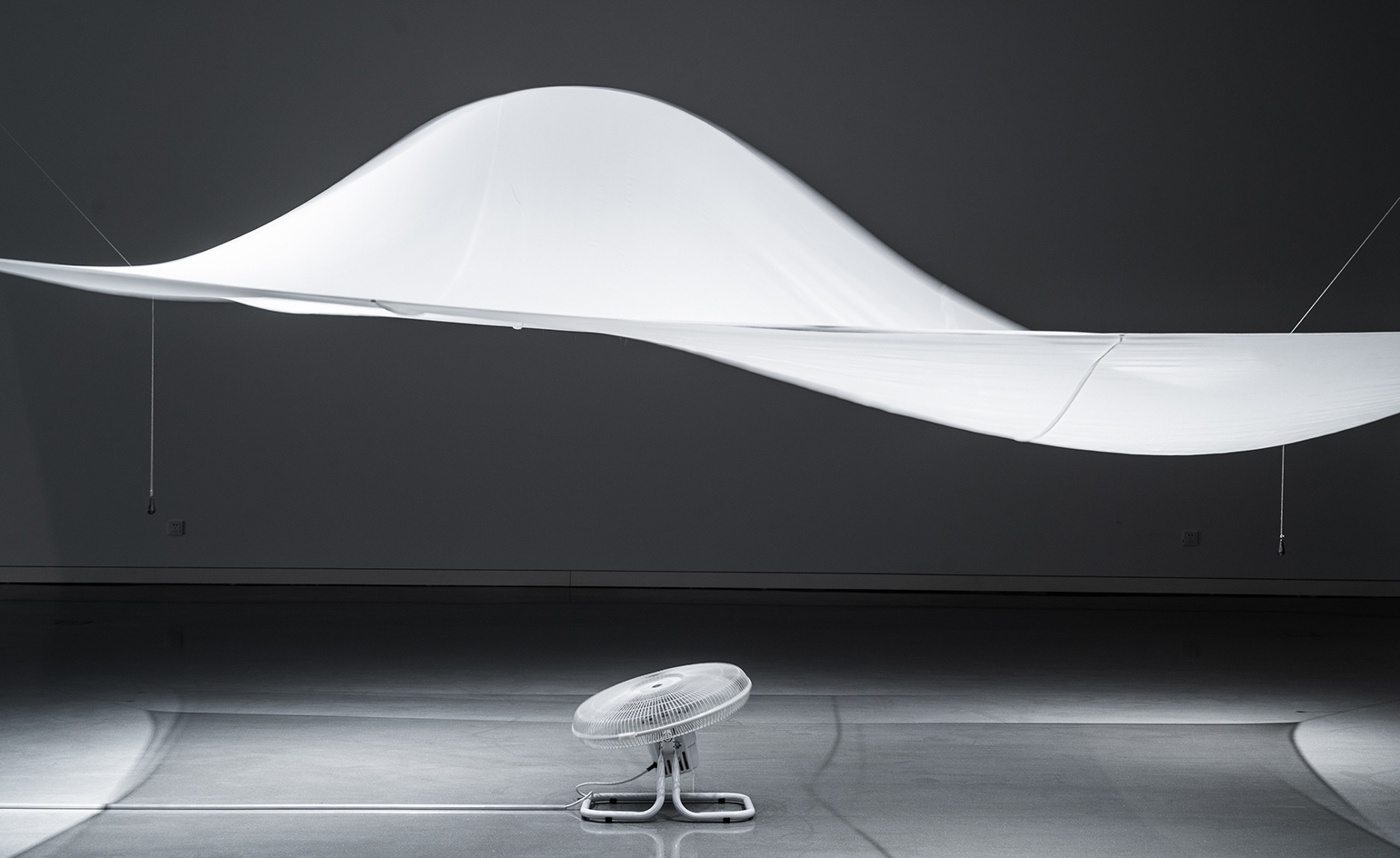 ‘A Show About Nothing’: group exhibition in Hangzhou celebrates emptiness
‘A Show About Nothing’: group exhibition in Hangzhou celebrates emptinessThe inaugural exhibition at new Hangzhou cultural centre By Art Matters explores ‘nothingness’ through 30 local and international artists, including Maurizio Cattelan, Ghislaine Leung, Hiroshi Sugimoto, Liu Guoqiang and Yoko Ono
By Yoko Choy
-
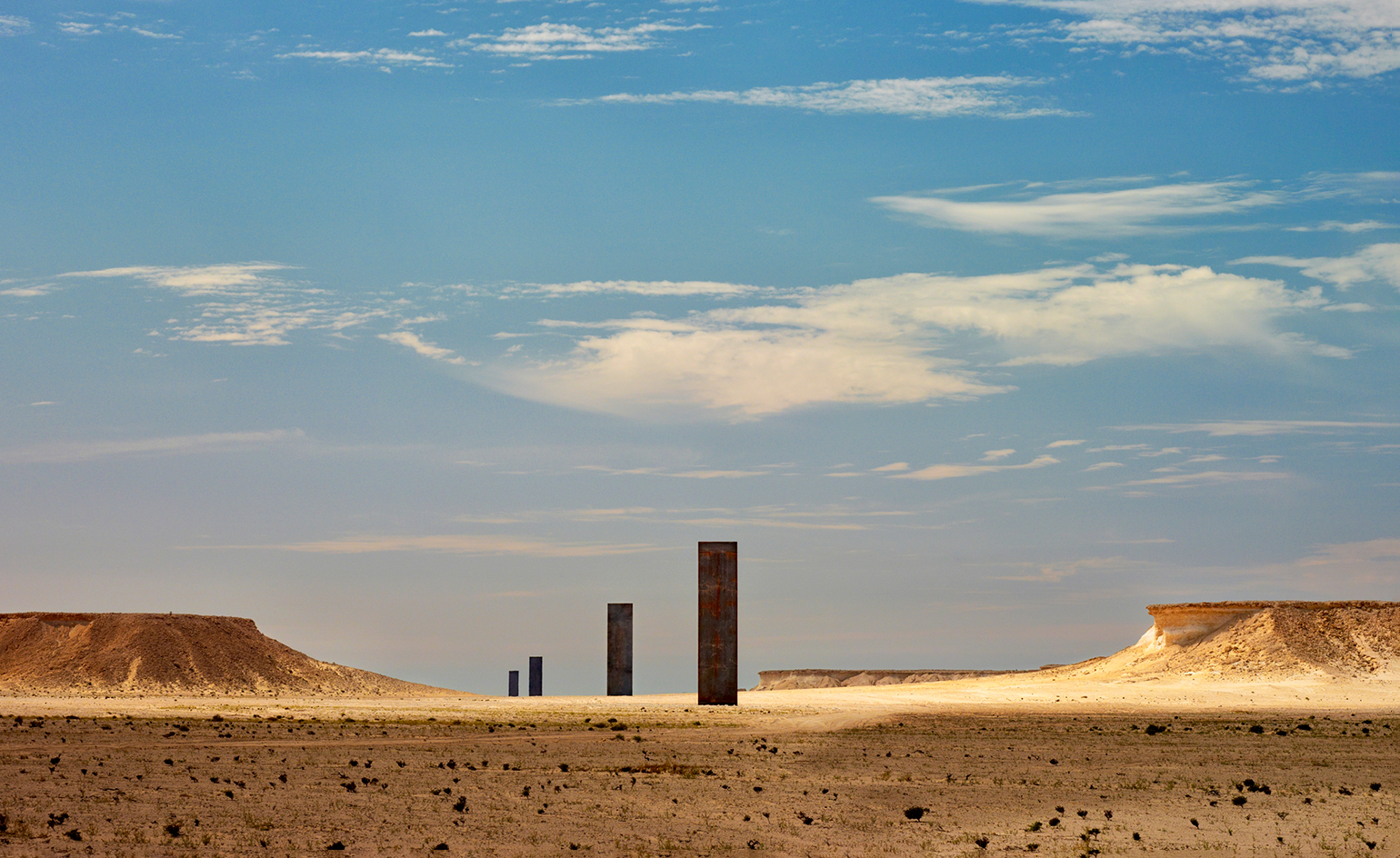 Three days in Doha: art, sport, desert, heat
Three days in Doha: art, sport, desert, heatIn our three-day Doha diary, we record the fruits of Qatar’s cultural transformation, which involved Jeff Koons, a glass palace of books, and a desert sunset on Richard Serra
By Harriet Lloyd-Smith
-
 Hong Kong’s M+ Museum to open with six thematic shows
Hong Kong’s M+ Museum to open with six thematic showsAsia’s first global museum of contemporary visual culture will open on 12 November in Hong Kong’s West Kowloon Cultural District, with six themed shows spanning art, design and architecture
By Harriet Lloyd-Smith
-
 Maurizio Cattelan invites the who’s who of culture to read bedtime stories
Maurizio Cattelan invites the who’s who of culture to read bedtime storiesThe subversive Italian artist has recruited the likes of Iggy Pop, Takashi Murakami and Joan Jonas to read bedtime stories in a new digital project for the New Museum
By Pei-Ru Keh